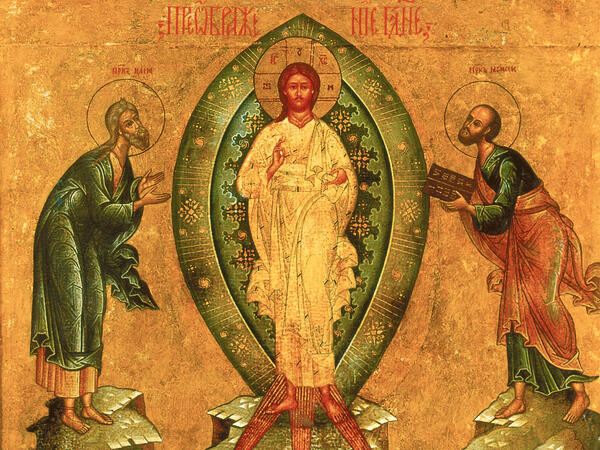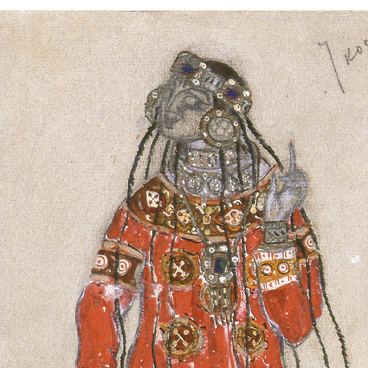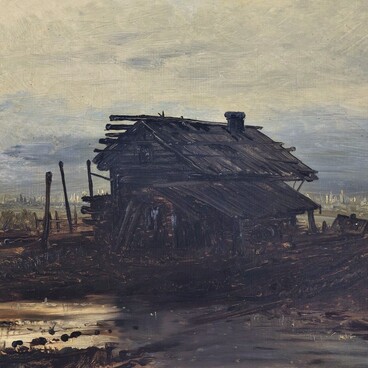The icon, presented in the collection, is an icon of the Feast of the Transfiguration. It was created by an unknown master of the Moscow school of icon painting in the 18th century. This school was distinguished by using smooth lines for writing faces and contrasting color schemes.
The icon is based on an event described in all four Gospels. According to religious texts, Jesus prophesized that he was going to be killed and that after three days he would rise again. His disciples were saddened; however, they could not give credence to the words of the Teacher about the resurrection, as everyone considered him a prophet, the Messiah, but did not know of his divine nature.
A few days after this prophecy, Christ led three of his most beloved disciples — John, Peter and James — to a mountain to pray. The Evangelists do not name the mountain in the texts, but the Sacred Tradition points to Mount Tabor, which was located six kilometers southeast of Nazareth. Here occurred the event, which an unknown master depicted on the icon ‘Transfiguration’:
The icon is based on an event described in all four Gospels. According to religious texts, Jesus prophesized that he was going to be killed and that after three days he would rise again. His disciples were saddened; however, they could not give credence to the words of the Teacher about the resurrection, as everyone considered him a prophet, the Messiah, but did not know of his divine nature.
A few days after this prophecy, Christ led three of his most beloved disciples — John, Peter and James — to a mountain to pray. The Evangelists do not name the mountain in the texts, but the Sacred Tradition points to Mount Tabor, which was located six kilometers southeast of Nazareth. Here occurred the event, which an unknown master depicted on the icon ‘Transfiguration’:



